Game On!
Plane and Pilot
MARCH 25, 2025
The airplane is incredibly sensitive, thanks to sweeping, full-span ailerons and an unnaturally tall stick that exaggerates any and all inputs. Max Gross Weight: 2,200 lbs. Empty Weight, Standard: 1,300 lbs. I started out by just doing a few simple turns to get the feel of things. It was darn impressiveand loads of fun.

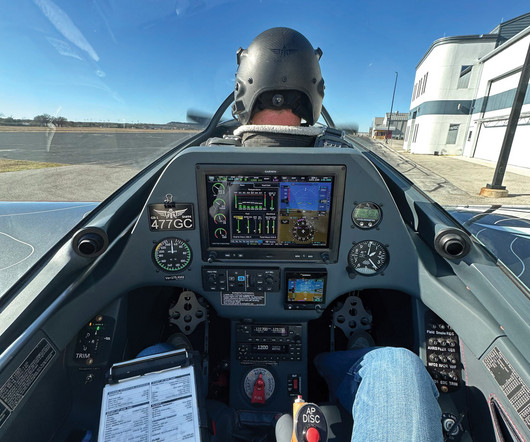
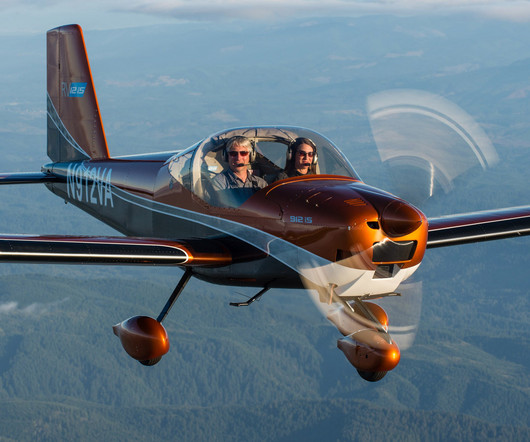
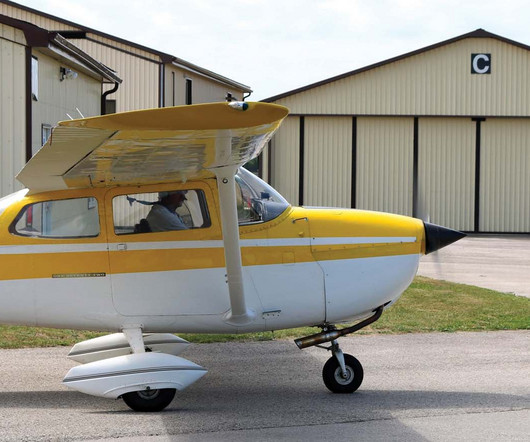

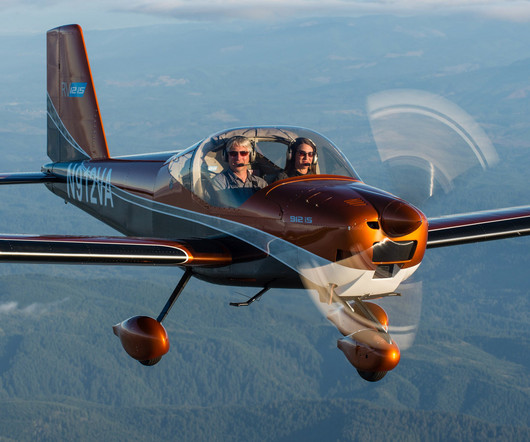
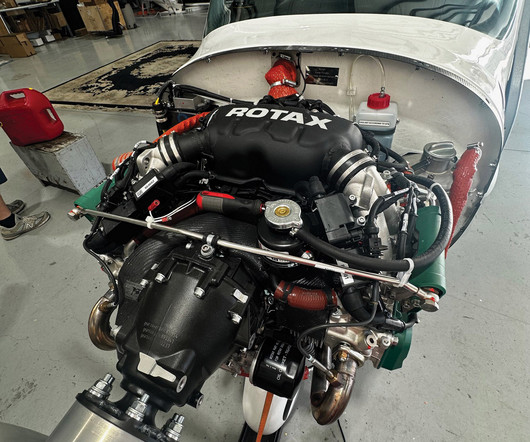







Let's personalize your content